An Introduction to the TWS Bluetooth Headset and Charging Case
TWS (True Wireless Stereo) Bluetooth headsets have increasingly become popular in recent years after Apple released their TWS, the Airpods, in 2016. With the aid of a Bluetooth chip, the headsets establish a wireless connection between the phone and the primary headset before establishing wireless communication between the primary and secondary headset, thereby completely abandoning the traditional cable connection usually seen in headsets. The main headset can also be used alone, fully capable of fulfilling the existing market demand for a single Bluetooth headset application.
TWS headset system
The TWS-headphone system can be divided into two main parts: the charging case and the headphones. The role of the charging case is similar to that of a power bank, which is to charge the two headphones. As there is limited space with the charging case and earphone, the battery capacity used in these two parts cannot be made large: they are generally within 1000mAh (among which 200-700mah range is the most common). The capacity of a Bluetooth headset battery is smaller, most of which are less than 100mAh. Ultimately, both the charging case and headset should focus on the design of the battery to ensure that the product has a longer use time.
Charging case system
The detailed charging case system block diagram is as follows:
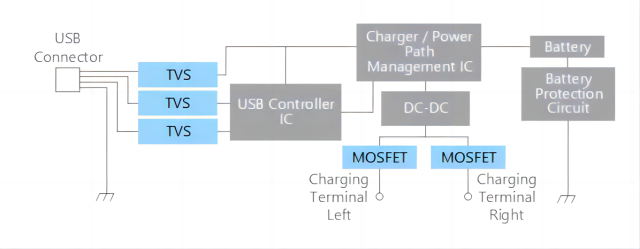
TWS charging case system block diagram (Source: Internet)
The sensors mainly have Hall sensors in the signal chain to detect the opening and closing of the case. LED lights leave an interesting visual effect on the device. The Bluetooth chip can transmit the case information to the phone, making it easy for the phone to check the case's power. Keystroke detection may require some devices, such as the SN74LVC1G74, a D-trigger that converts the pulse of a key into a level flip for the MCU to record key information.
Generally, the input port is made into a 5V micro USB port in the power rail (Apple's Airpods’ lighting interface is also 5V). Considering that there are a number of current adapters that support high-powered quick charging, the charging case needs an overvoltage protection chip for misplacement protection plus a charger for the lithium battery. Many chargers nowadays have integrated overvoltage protection, but the overvoltage response time is not ideal. It is recommended to add an overvoltage protection chip for quick protection.
For the charger, it is recommended to use a charger with a power-path (i.e., path management) On one hand, when the battery of the charging case is low, plugging in the adapter will instantly give a higher system voltage to ensure that the case can immediately power low-battery headphones; on the other hand, when the fast charging stream is set too small and the load requires a constant load (such as an LED light), the load is likely to be near the charger's cut-off current. Without the power-path function, the charger may not be able to tell if the battery is fully charged.
Batteries used in TWS charging cases are generally single-cell lithium batteries and usually supplied by the battery manufacturer. The power meter and secondary protection IC package have been already included to ensure more reliable operation of the battery. The power supply of a single-cell lithium battery is mainly supplied in two parts: one part is boosted to 5V to power the headphones, the other part to 3V and below to power the MCU/Sensor, etc. in the case.
Headset system introduction
TWS generally has two headsets that have the same system. A detailed block diagram is below:
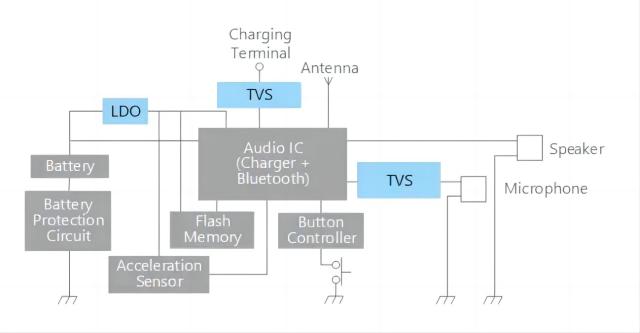
Block diagram of the headset system (Source: Internet)
The Bluetooth chip is responsible for receiving the data sent by phone in the signal chain, and it then pushes that information to the headphones through the earpiece. The sensors are mainly gravity sensors to detect signals, such as wobbling of the headphones. Limited by its small available space, the headset can no longer be used as the power supply port for the micro USB interface in the power rail. The headphone input is usually changed into a specific metal contact patch. The headphone input power comes from the 5V charging case, so there is no risk of over-voltage on the headphone input, and it can be used without overvoltage protection (you can charge a single lithium battery directly with the charger). Similarly, the TWS headset battery is also supplied by the battery manufacturer, with an integrated power meter and secondary protection. The battery passes through LDO and supplies 2.5V or 1.8V power to the system. The design of TWS headphones requires a comprehensive consideration of power consumption, packaging, and performance to provide better results for the product.
If you are interested in batteries for your TWS Bluetooth headset and charging case batteries, please contact us at info@grepow.com or visit our website at https://www.grepow.com/
Related Posts:
Related Articles
-

Powering the XR Revolution: Grepow’s Custom Battery Solutions at AWE USA 2025
2025-06-06 -

Grepow to Showcase Custom Medical Battery Innovations at Medical Taiwan 2025
2025-05-21 -

Drone Training Power Guide: LiPo Batteries & Chargers
2025-05-14
Related products
-
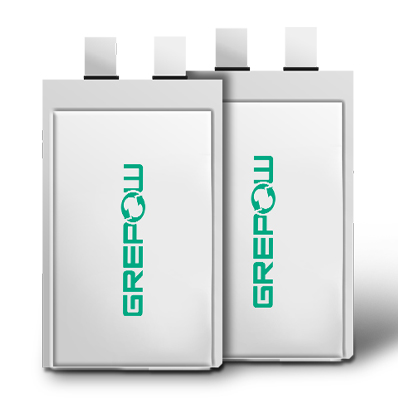
Pouch Rectangular Lipo Battery
-
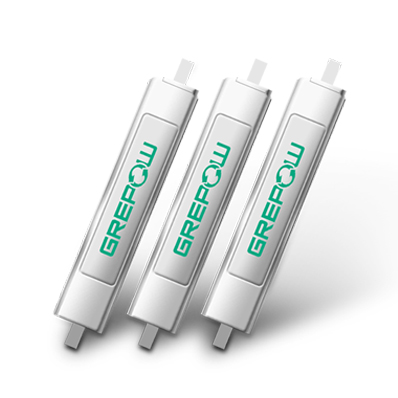
Pouch Ultra Narrow Lipo Battery
-
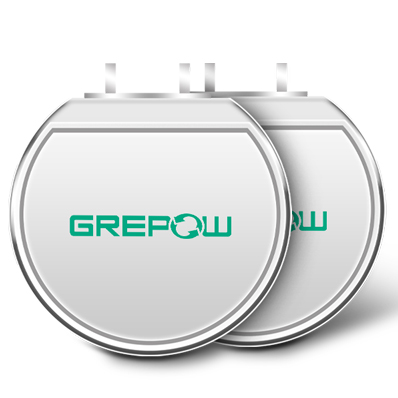
Pouch Round Lipo Battery
-
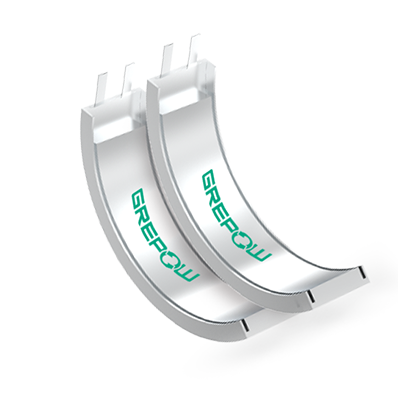
Pouch Curved Lipo Battery
-
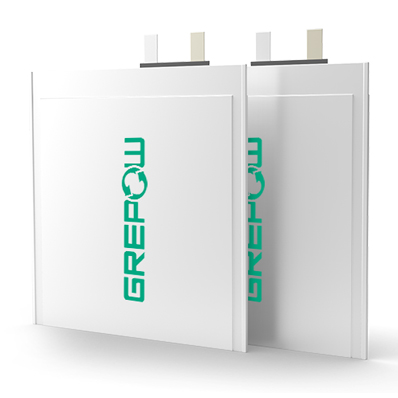
Pouch Ultra Thin Lipo Battery
















































